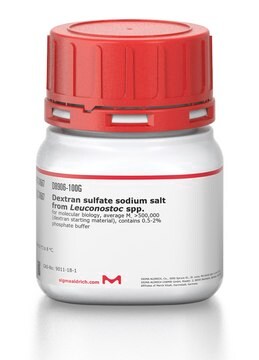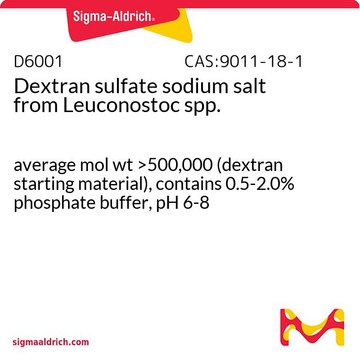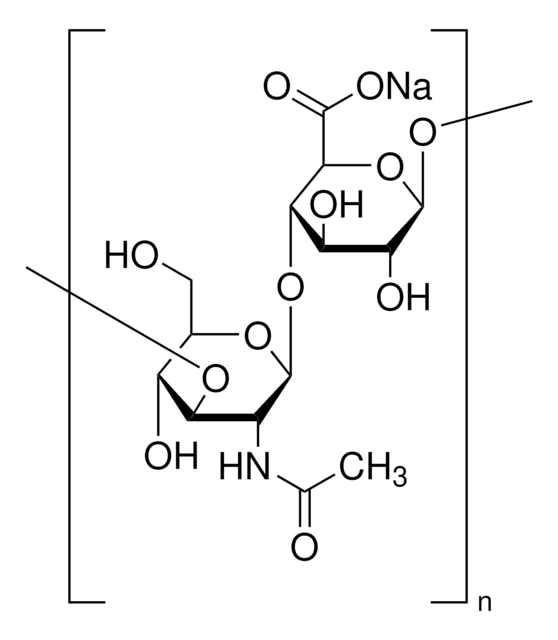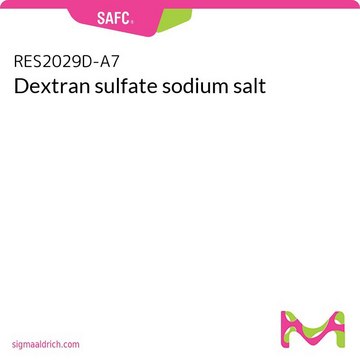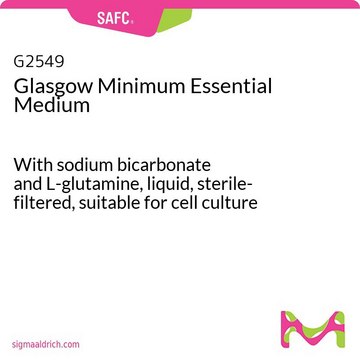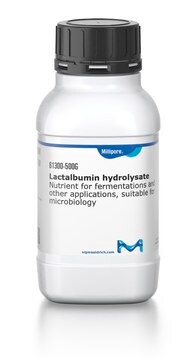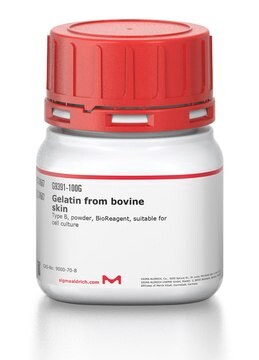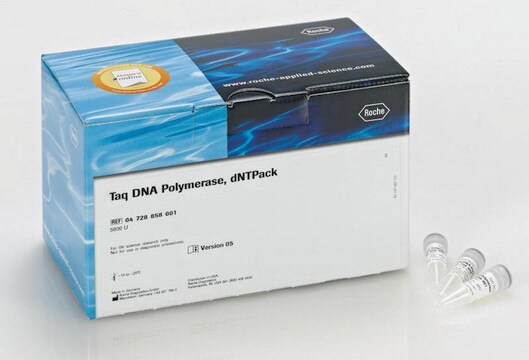G6148
Glasgow Minimum Essential Medium
With L-glutamine, without tryptose phosphate broth and sodium bicarbonate, powder, suitable for cell culture
Synonym(s):
BHK medium, GMEM
Sign Into View Organizational & Contract Pricing
All Photos(1)
About This Item
Recommended Products
Quality Level
form
powder
technique(s)
cell culture | mammalian: suitable
components
glucose: 4.5 g/L
phenol red: 0.0213 g/L
L-glutamine: 0.292 g/L
NaHCO3: no
shipped in
ambient
storage temp.
2-8°C
Looking for similar products? Visit Product Comparison Guide
General description
Glasgow Minimum Essential Medium is suitable for the study of genetic factors affecting cell competence.
Application
Glasgow Minimum Essential Medium has been used:
- in toxin entry assays
- for 3 H-palmitate labeling
- to culture embryonic stem cells
Quantity
Formulated to contain 12.5 grams of powder per liter of medium.
Reconstitution
Supplement with 2.75 g/L sodium bicarbonate and Tryptose phosphate broth solution (T 8159) at 100 ml/L of medium.
also commonly purchased with this product
Product No.
Description
Pricing
supplement
Product No.
Description
Pricing
Signal Word
Danger
Hazard Statements
Precautionary Statements
Hazard Classifications
Eye Dam. 1
Storage Class Code
11 - Combustible Solids
WGK
WGK 1
Flash Point(F)
Not applicable
Flash Point(C)
Not applicable
Personal Protective Equipment
dust mask type N95 (US), Eyeshields, Gloves
Choose from one of the most recent versions:
Already Own This Product?
Find documentation for the products that you have recently purchased in the Document Library.
Customers Also Viewed
Keiichi Ito et al.
Genes & development, 35(9-10), 729-748 (2021-04-24)
The MED1 subunit has been shown to mediate ligand-dependent binding of the Mediator coactivator complex to multiple nuclear receptors, including the adipogenic PPARγ, and to play an essential role in ectopic PPARγ-induced adipogenesis of mouse embryonic fibroblasts. However, the precise
Tatsushi Miyazaki et al.
PloS one, 8(8), e71645-e71645 (2013-08-14)
Tcl1 is highly expressed in embryonic stem (ES) cells, but its expression rapidly decreases following differentiation. To assess Tcl1's roles in ES cells, we generated Tcl1-deficient and -overexpressing mouse ES cell lines. We found that Tcl1 was neither essential nor
Naiara Clemente Tavares et al.
Frontiers in microbiology, 11, 963-963 (2020-07-01)
Schistosomiasis is a neglected tropical disease (NTD) caused by helminthes from the Schistosoma genus. This NTD can cause systemic symptoms induced by the deposition of parasite eggs in the host liver, promoting severe complications. Functional studies to increase knowledge about
Wander de Jesus Jeremias et al.
PloS one, 12(6), e0178829-e0178829 (2017-06-18)
Once inside a vertebrate host after infection, individual schistosomula of the parasite Schistosoma mansoni find a new and complex environment, which requires quick adjustments for survival, such as those that allow it to avoid the innate immune response of the
Edward C Hsiao et al.
PloS one, 3(7), e2532-e2532 (2008-07-04)
Fluorescent reporters are useful for assaying gene expression in living cells and for identifying and isolating pure cell populations from heterogeneous cultures, including embryonic stem (ES) cells. Multiple fluorophores and genetic selection markers exist; however, a system for creating reporter
Protocols
Powdered media and salt mixtures are extremely hygroscopic and should be protected from atmospheric moisture.
Our team of scientists has experience in all areas of research including Life Science, Material Science, Chemical Synthesis, Chromatography, Analytical and many others.
Contact Technical Service

